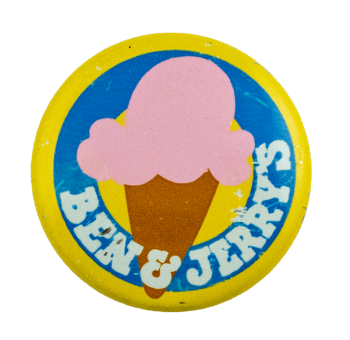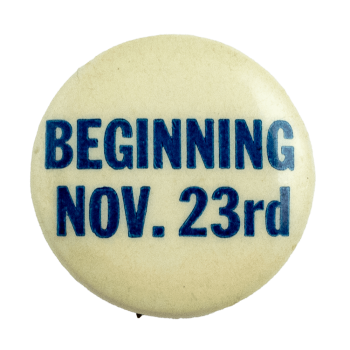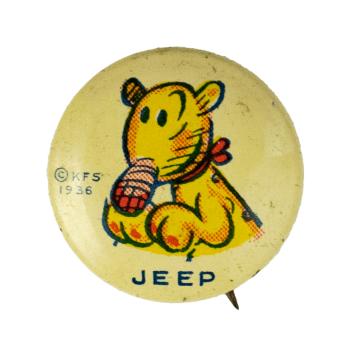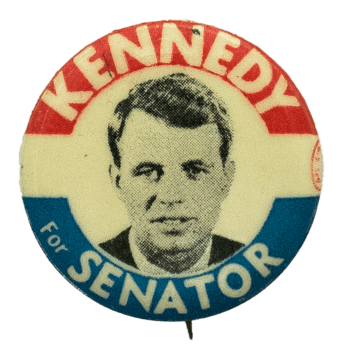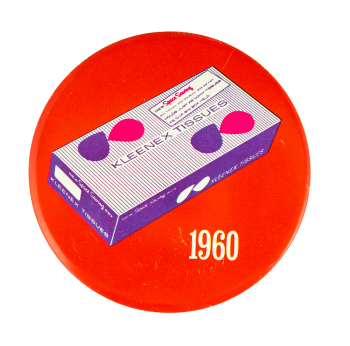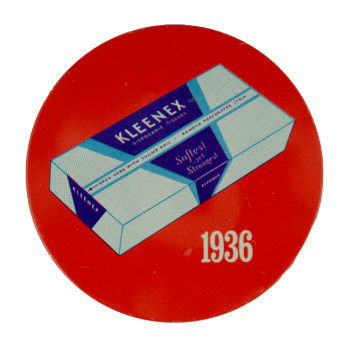Ben & Jerry's Ice Cream
| Category | |
|---|---|
| Additional Images | |
| Sub Categories | |
| Text on Button | BEN & JERRY'S |
| Image Description | Illustration of an ice cream cone with pink ice cream in the center on a background of three concentric circles—yellow, blue, and yellow—with white bubble-style lettering below. |
| Curl Text | COLOR-LITH |
| Back Style | |
| The Shape | |
| The Size | |
| Additional Information | Ben & Jerry's started from humble beginnings in 1978 in Burlington, Vermont. Childhood friends Ben Cohen and Jerry Greenfield opened an ice cream parlor with $12,000 and knowledge from a $5 correspondence course in ice cream-making from Penn State. Distribution of their delicious, original flavors grew steadily with major success, offering 98 flavors of ice cream as of 2025 with many options for non-dairy, gluten-free, and other alternatives ingredients. Many flavors are named after pop culture icons, with an early and longstanding favorite being "Cherry Garcia," named after Jerry Garcia of the American rock band The Grateful Dead. Ben & Jerry's is also known for being outspoken for varying causes and movements, including environmentalism, racial justice, and Fairtrade initiatives. |
| Sources |
Ben & Jerry's. (2025). Activism. https://www.benjerry.com/values |
| Catalog ID | AD1155 |

